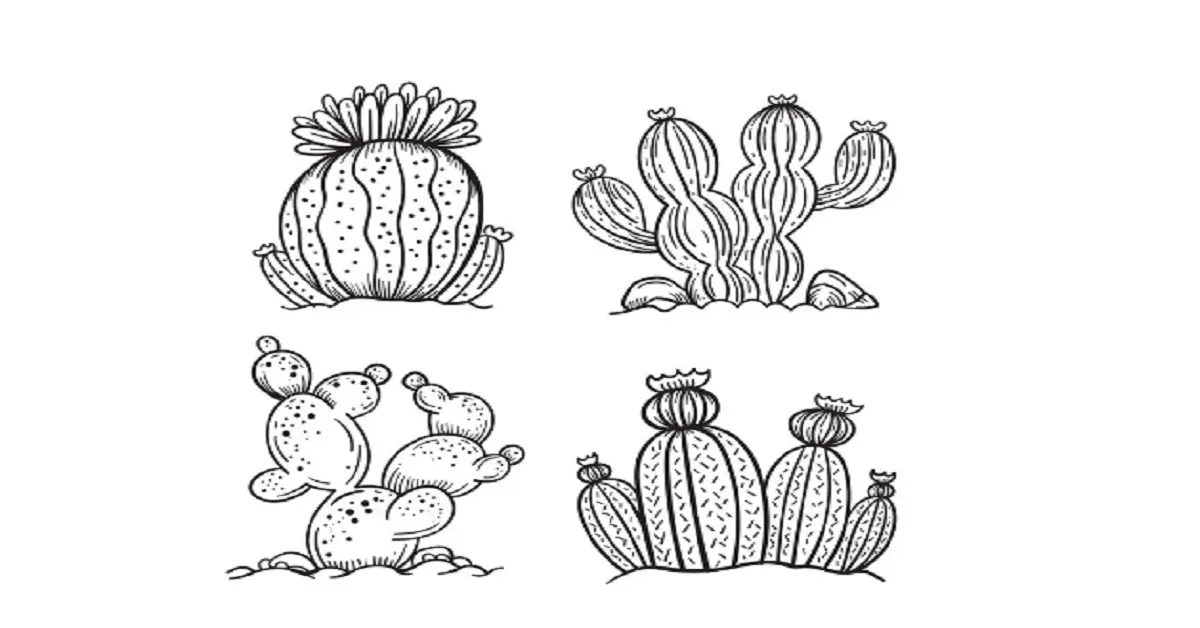Mastering the Art of Drawing Easy Cacti

Introduction
Drawing cacti is not only a fun and relaxing activity but also an excellent way to practice your drawing skills. Easy:cl84kzvme6w= cactus drawing are simple yet versatile subjects that can be adapted to various styles, making them perfect for beginners and experienced artists alike. So, why choose cactus drawing? It’s easy to get started, requires minimal materials, and offers endless possibilities for creativity.
Materials Needed
Essential Drawing Tools
Before you start easy:cl84kzvme6w= cactus drawing, you’ll need a few basic tools:
- Pencils: A range of pencils (HB, 2B, 4B) for different line qualities.
- Erasers: Both kneaded and standard erasers.
- Sharpener: To keep your pencils in perfect condition.
Recommended Paper Types
Choosing the right paper can make a big difference in your drawing experience:
- Sketch Paper: Ideal for practicing and rough sketches.
- Drawing Paper: Heavier and smoother, perfect for final drawings.
Optional Coloring Supplies
While not necessary, adding color can bring your cactus drawing to life:
- Colored Pencils: Great for detailed coloring.
- Markers or Watercolors: For vibrant and bold colors.
Basic Drawing Techniques
Understanding Shapes and Lines
Every cactus drawing starts with basic shapes and lines. Cacti are generally composed of simple shapes like cylinders and ovals. Practicing these shapes can help you understand the structure of your subject.
Practicing Simple Sketches
Before diving into a detailed drawing, spend some time sketching simple easy:cl84kzvme6w= cactus drawing. Focus on getting the proportions right and understanding the general form.
Step-by-Step Guide to Drawing a Cactus
Step 1: Drawing the Outline
Basic Shape of the Cactus
Start with the main body of the cactus, usually a tall, rounded cylinder. Lightly sketch this shape using a pencil.
Adding the Arms
Next, add the cactus arms. These can vary in number and position but typically branch out from the main body. Draw them as smaller cylinders attached to the sides.
Step 2: Adding Details
Creating the Spines
Cacti are covered in spines. Draw short, straight lines along the body and arms to represent these. They don’t need to be perfectly spaced or uniform, as this adds to the natural look.
Detailing the Cactus Arms
Add some texture to the arms by drawing small lines or dots. This gives your cactus a more realistic appearance.
Step 3: Enhancing the Drawing
Adding Texture
To make your cactus drawing more interesting, add texture. You can do this by varying the pressure of your pencil strokes to create different shades and patterns.
Shading Techniques
Shading is crucial for adding depth. Determine your light source and shade the opposite side of the cactus accordingly. Use hatching or cross-hatching techniques for more detailed shading.
Coloring Your Cactus Drawing
Choosing the Right Colors
When coloring your cactus, green is the obvious choice, but don’t be afraid to experiment with different shades to add dimension.
Techniques for Coloring
Start with a base layer of color and gradually build up the intensity. Use light strokes to blend the colors smoothly.
Adding Shadows and Highlights
To give your easy:cl84kzvme6w= cactus drawing a three-dimensional look, add shadows on the side opposite your light source and highlights where the light hits directly.
Advanced Cactus Drawing Ideas
Drawing Different Types of Cacti
Once you’re comfortable with basic cactus drawings, try exploring different species. Each type has unique features that can challenge and improve your skills.
Adding Backgrounds and Landscapes
Enhance your cactus drawing by adding a desert landscape or other elements. This not only makes your easy:cl84kzvme6w= cactus drawing more interesting but also helps to set the scene.
Common Mistakes and How to Avoid Them
Proportion Issues
One common mistake is getting the proportions wrong. Always start with light sketches to map out the basic shapes and adjust as needed.
Overcomplicating the Drawing
Especially for beginners, it’s easy to get carried away with details. Keep it simple at first and gradually add complexity as you gain confidence.
Ignoring Light Source
Light is essential for creating realistic drawings. Always consider where your light source is and shade accordingly to avoid flat-looking drawings.
Tips for Improving Your Drawing Skills
Daily Practice Routines
Consistency is key. Dedicate a few minutes each day to practice drawing cacti or other simple objects.
Joining Art Communities
Joining online or local art communities can provide valuable feedback and inspiration. Don’t be afraid to share your work and learn from others.
Seeking Feedback
Constructive criticism is crucial for growth. Ask friends, family, or fellow artists for their opinions on your work.Easy:cl84kzvme6w= cactus drawing.
Conclusion
Easy:cl84kzvme6w= cactus drawing is a delightful way to enhance your artistic skills while enjoying the process. From basic shapes to detailed textures, every step offers a learning opportunity. So grab your pencils and start sketching – your perfect cactus drawing is just a few strokes away!